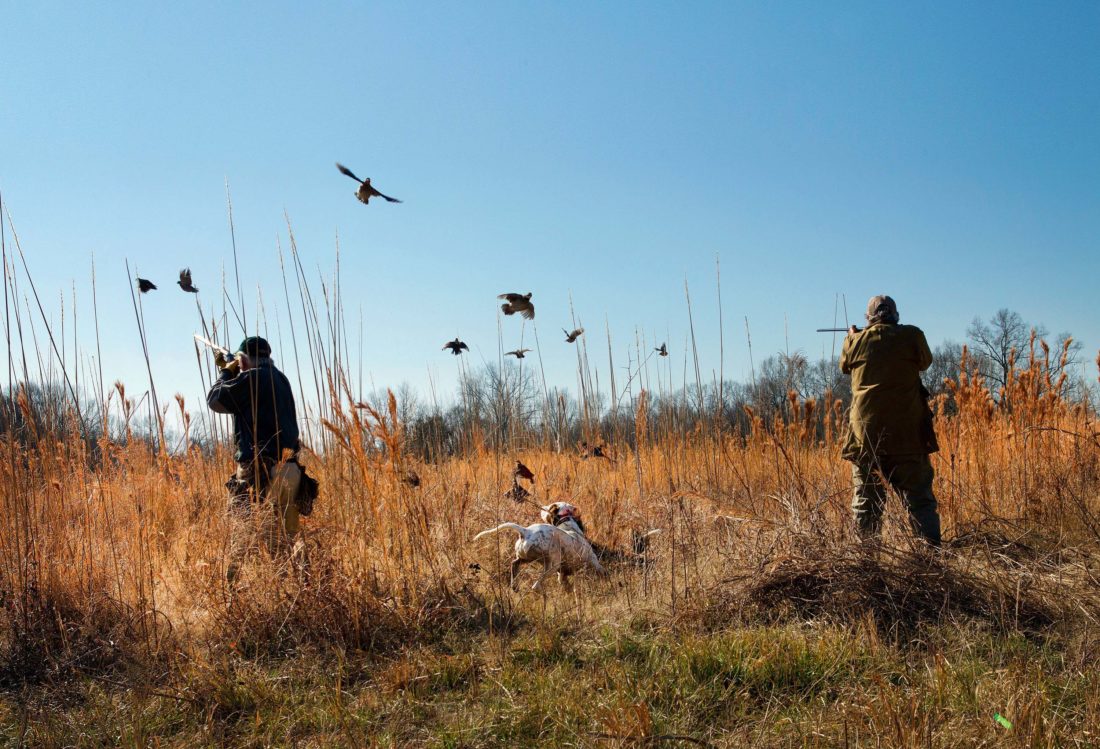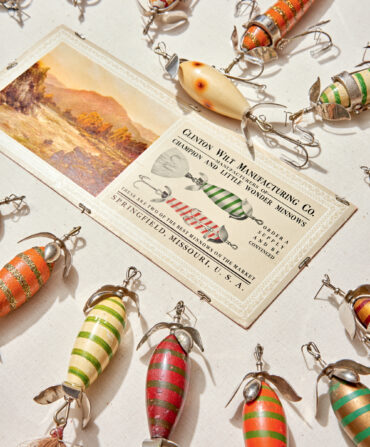Jessica McGuire can hear the chuckles when she pulls out the neon-yellow softballs. “They look at me like I’m crazy,” says the Albany, Georgia–based wildlife biologist, describing visits to farmers and landowners interested in boosting wild quail numbers on their properties. “And then I toss a few balls out. As biologists, we’re not always good at simplifying concepts. But once they see those softballs, they know: Either you have good quail habitat, or you don’t.”
The tongue-in-cheek moniker for this approach is the “SHET method,” which stands for Softball Habitat Evaluation Technique. Developed by Dale Rollins of the Rolling Plains Quail Research Foundation in Texas, it’s a simple visual concept that helps explicate densely layered biology. A grown quail is roughly the size of a softball and can fly about as far as an adult can hurl a ball. A softball-field-sized patch of good habitat—about two acres—should be able to support a covey of quail.
On the farms McGuire visits as the Working Lands for Wildlife bobwhite program manager for Quail Forever, she’ll bowl a softball along the ground. If it hangs up in thick cover after rolling a few feet, that suggests the vegetation needs thinning in order for chicks to be able to forage. Toss the ball, she says, “and that simulates the flight path of a bird, and where it lands should be near dense escape cover.” In the space of a softball field, quail need twenty-five to thirty “bases,” to extend the metaphor, or clumps of suitable cover. “It’s a great icebreaker,” McGuire says, “but it’s good science, too.”
For landowners who want to manage for wild quail, there’s more good science news than ever. Ten years ago, Andy Edwards, program manager for Quail Forever, harbored few illusions about the future of wild quail hunting. “Then, about five years ago, the science was really turning things around,” he says, “but I didn’t even want to say that out loud. Today it’s a different world.” New ideas are giving landowners ways of fine-tuning woodlands, pastures, crop fields, and even recreational properties for wild bobwhites. And while more land is always better, these prescriptions can work on fifty acres or fifty thousand.
Broadly speaking, the brave new world of quail management can be broken into three arenas for action. First is the emerging role of pollinator plants. The last decade has seen a shift away from large single-species plantings of native grasses to incorporate more stands of pollinator plants, such as bee balms, black-eyed Susans, asters, and native sunflowers and goldenrods, which attract butterflies, bees, hummingbirds, and other pollinators. Plots with multiple species of flowering plants provide food and plenty of overhead cover for quail but also supply the critical bare-ground component that allows quail chicks to move around and feed.
A second component is the management of quail-friendly woodlands. “In the Southeast, the emerging frontier for quail management is in the pinewoods,” says Tim Caughran, QF’s director of field operations. Turning pinewoods into home for quail requires a twofold approach. Opening up interior patches lets sunlight stream into the woods, and the flush of new growth becomes a quail mecca. Softening the transition between forests and fields is also critical. Typically, that edge is a hard line, pasture or croplands abutting the woods. Adding buffers of shrubs, forbs, and pollinator plants to “feather” the edge gradually provides not only food, but also escape and nesting cover for wild quail.
Last, and perhaps more important, landowners are no longer alone when trying to plan for wild bobwhite quail. In the past, plugging into state and federal programs meant navigating mountains of paperwork, and acting as a general contractor, of sorts, for workers and equipment. Now a fast-growing network is helping to lessen the load. Quail Forever and its sister organization, Pheasants Forever, employ more than three hundred biologists tasked with working directly with landowners. There are even strategically placed technical crews around the country to do the shovel work. And research groups such as Florida’s Tall Timbers are equally keen on sharing their knowledge base with both public lands managers and private landowners who may or may not control thousands of contiguous acres.
New knowledge is there, and it’s often only a phone call, mouse click, or softball pitch away. “We are high-speed and low-drag and no strings attached,” Caughran says. “There are so many new ways to bring quail back to the landscape, and we will literally sit down at your kitchen table and get to work.”








